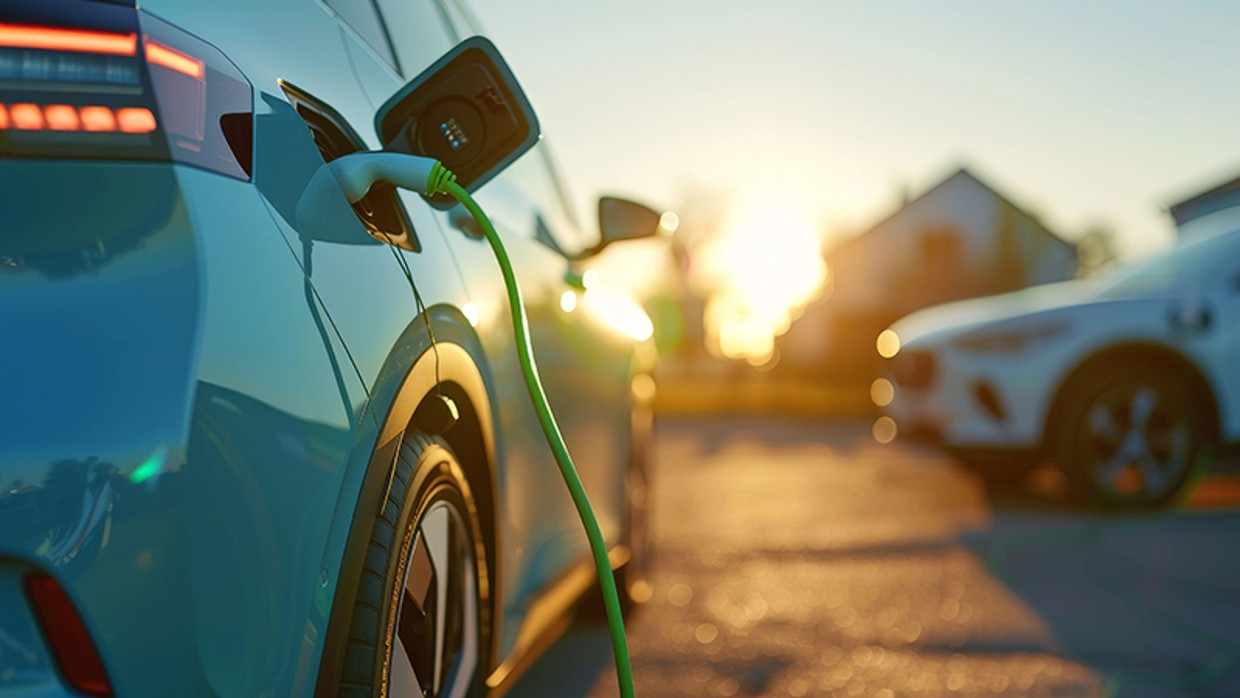News
News
The customers decide
Whether it’s 15 million electric vehicles by 2030 or 500,000 heat pumps per year, the political targets are currently further and further reaching. It can be seen everywhere that electricity alone is not the only suitable solution for every application. In addition, the construction of transmission and distribution grids, as well as electricity storage facilities or new power plants that can compensate for the fluctuating generation of wind and solar power, is not progressing and will cost hundreds of billions.
Moreover, despite lucrative subsidies, heat pumps are particularly expensive if they require extensive refurbishment measures in existing buildings. And according to an ADAC analysis, the total costs for electric cars are in many cases higher than for comparable combustion vehicles. Despite high discounts and price reductions, the high depreciation of electric cars has a particularly negative impact. In view of the rapid technological development in this segment, this is unlikely to change any time soon. Issues such as range, charging infrastructure and vehicle prices are also causing customers to hesitate when it comes to electric cars, as a survey by the European Alternative Fuels Observatory showed. In addition, repair costs can be high.
As a survey published by ADAC car insurance in August shows, young people under 30 are particularly interested in an electric car. In the group of 30 to 49-year-olds, just under half would also opt for a battery drive in principle (23 per cent definitely, 24 per cent probably). Older car customers, on the other hand, tend to favour the classic combustion engine.
This is backed up by the market data:
According to the German Federal Motor Transport Authority, almost 215,000 pure battery electric vehicles (BEVs) have been registered in the current year up to and including July. In the previous year, almost 270,000 vehicles were registered in the same period. As a result, the average BEV share of new registrations fell from around 16 per cent to slightly less than 13 per cent. In order to achieve the German government’s target of 15 million electric cars by 2030, around 190,000 new electric cars would have to be put on the road every month from now on. That is around five times as many as now.
The reluctance to buy is not just a purely German phenomenon. According to surveys by the European Automobile Manufacturers’ Association (ACEA), demand for all-electric vehicles across the EU fell by almost 11 per cent in July of this year compared to last year.
This is a looming problem for car manufacturers. They must significantly increase the proportion of electric vehicles sold in order to meet the CO2 reduction targets set by the EU for their overall fleets and avoid high fines.
So while the majority of new vehicles on the car market – including hybrid and gas-powered models – are still equipped with an internal combustion engine, there are still almost five million oil heaters and around 620,000 LPG boilers in the building sector, according to the latest survey by the chimney sweep trade. According to the latest market analysis by the Federal Association of the German Heating Industry, demand is currently only up for oil-fired heating appliances, while all other appliance groups – from gas and biomass to heat pumps – are down, in some cases significantly.
What does this mean for logistics?
On the one hand, the market for liquid fuels will shrink in the long term. But a sudden, abrupt end is not to be expected. Instead, CO2-neutral synthetic fuels such as HVO or eFuels offer sustainable options for mobility and heat generation.
The demand for transport services for these markets will therefore continue to exist in the coming years. The supply for decentralised heating systems must be ensured, especially outside major cities, and the German filling station network with its more than 14,000 stations must be supplied reliably every day. After all, there are around 61 million motor vehicles on German roads today, more than 95 per cent of which are equipped with combustion engines. They won’t simply disappear, even if there were 15 million BEVs in around six years’ time.



